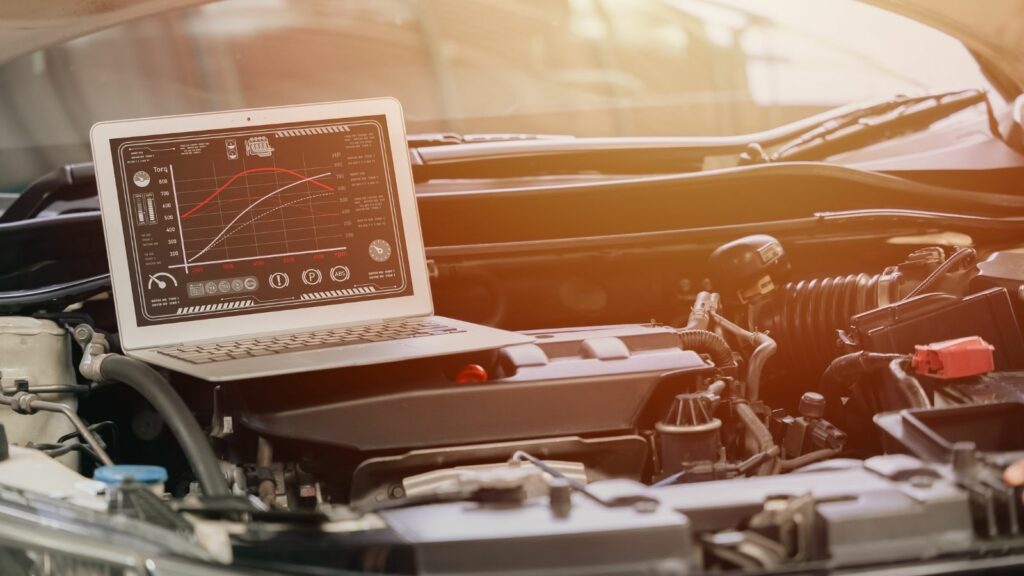Automotive safety has always been a critical concern for manufacturers, regulators, and consumers. Over the years, numerous innovations have aimed to reduce accidents and save lives. However, not all of these advancements have been welcomed with open arms. Some have sparked debates, faced resistance from various quarters, and even led to legal battles. This article delves into the ten most controversial safety innovations in cars, exploring why they stirred up so much discussion and how they have impacted the automotive world.
Seat Belts
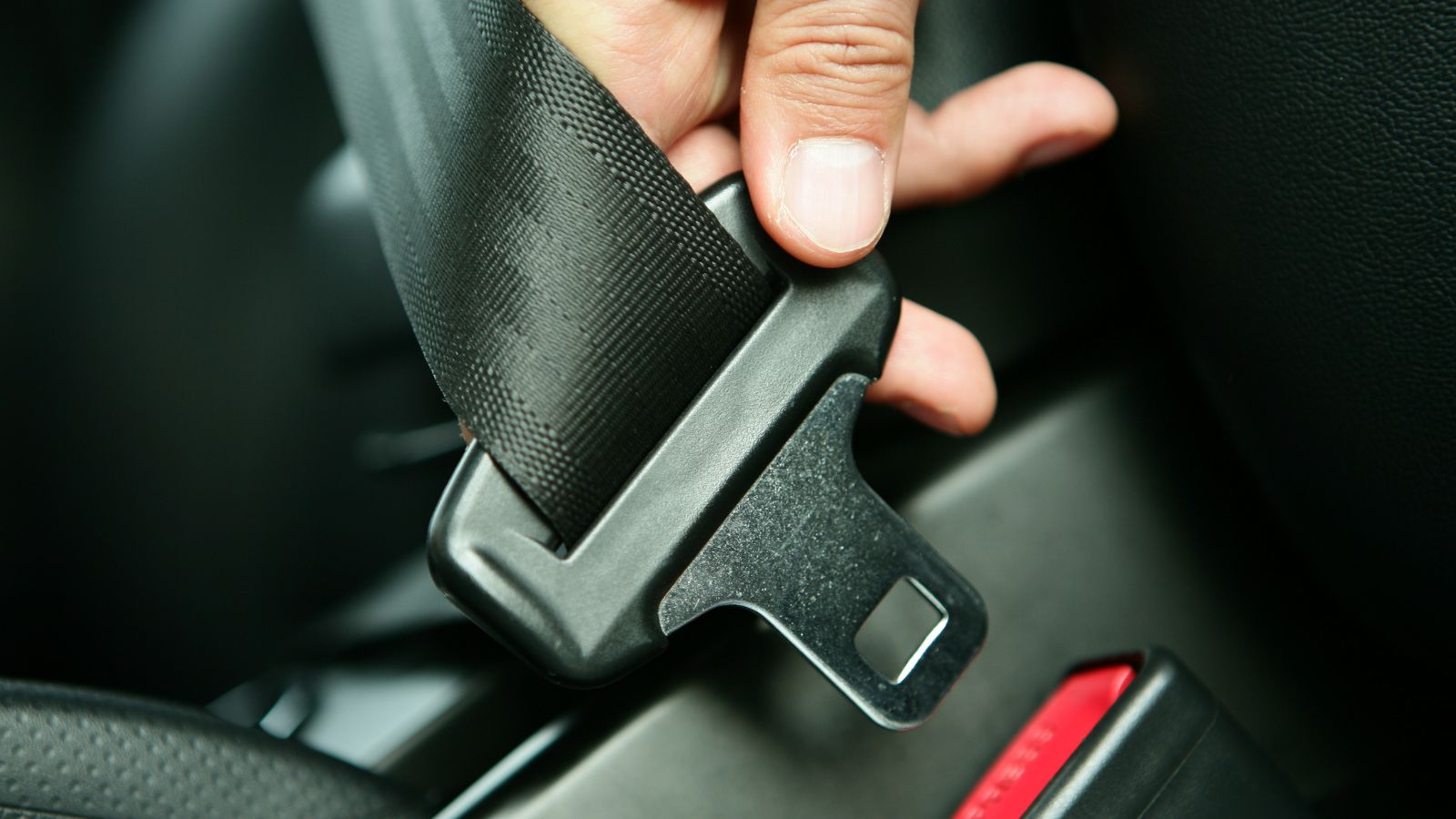
Seat belts, now a staple in vehicle safety, were met with significant resistance when first introduced. Initially patented by Edward J. Claghorn in 1885, seat belts became a standard much later. The turning point was in the 1950s when Swedish engineer Nils Bohlin developed the three-point seat belt. Volvo was the first to install these belts in their cars in 1959. Despite clear evidence of their effectiveness in reducing fatalities and serious injuries, many drivers and passengers resisted wearing them, citing discomfort and personal freedom. Some even believed they could be more dangerous in inevitable accidents, leading to debates and reluctance. It wasn’t until the 1980s and 1990s, when legislation in many countries mandated their use, widespread acceptance occurred.
Airbags

Airbags, designed to provide additional crash protection, also faced skepticism and controversy. The concept dates back to the early 1950s when John Hetrick and Walter Linderer independently developed early prototypes. However, it wasn’t until the 1970s and 1980s that airbags began to appear in cars. Critics argued that airbags could cause injuries, particularly to smaller passengers and children. These concerns were validated by early incidents where airbags deployed with excessive force, resulting in injuries and fatalities. Despite these setbacks, ongoing advancements in airbag technology, including adaptive and multi-stage airbags, have significantly improved their safety and acceptance.
Anti-lock Braking System (ABS)

The Anti-lock Braking System (ABS) is designed to prevent wheels from locking during braking, thereby maintaining steering control. ABS technology was first developed for aircraft in the 1920s and later adapted for motorcycles and cars. Early automotive ABS systems appeared in the 1970s, but they were expensive and complex, leading to resistance from manufacturers and consumers. Critics argued that ABS could give drivers a false sense of security, potentially leading to riskier driving behavior. Despite these concerns, extensive studies and real-world data demonstrated that ABS significantly reduced the risk of accidents, leading to its widespread adoption by the 1990s.
Electronic Stability Control (ESC)

Electronic Stability Control (ESC) systems are designed to improve vehicle stability by detecting and reducing loss of traction. Introduced in the mid-1990s, ESC faced skepticism from drivers who felt that the system interfered with their vehicle control. People also argued that ESC was an expensive and unnecessary addition. However, studies by organizations like the National Highway Traffic Safety Administration (NHTSA) showed that ESC could reduce single-vehicle crashes by up to 50%. Over time, as the benefits of ESC became more widely recognized, regulatory agencies in many countries mandated its inclusion in new vehicles, leading to broader acceptance.
Adaptive Cruise Control (ACC)

Adaptive Cruise Control (ACC) is an advanced form of cruise control that automatically adjusts a vehicle’s speed to maintain a safe following distance from the car ahead. First introduced in the late 1990s, ACC faced criticism for its high cost and its reliability and effectiveness concerns. Some drivers also felt that relying on ACC could lead to complacency and reduced attention to the road. Despite these concerns, improvements in sensor technology and system reliability have made ACC a popular feature in modern vehicles. Studies have shown that ACC can reduce the likelihood of rear-end collisions, leading to greater consumer acceptance.
Lane Departure Warning (LDW) Systems
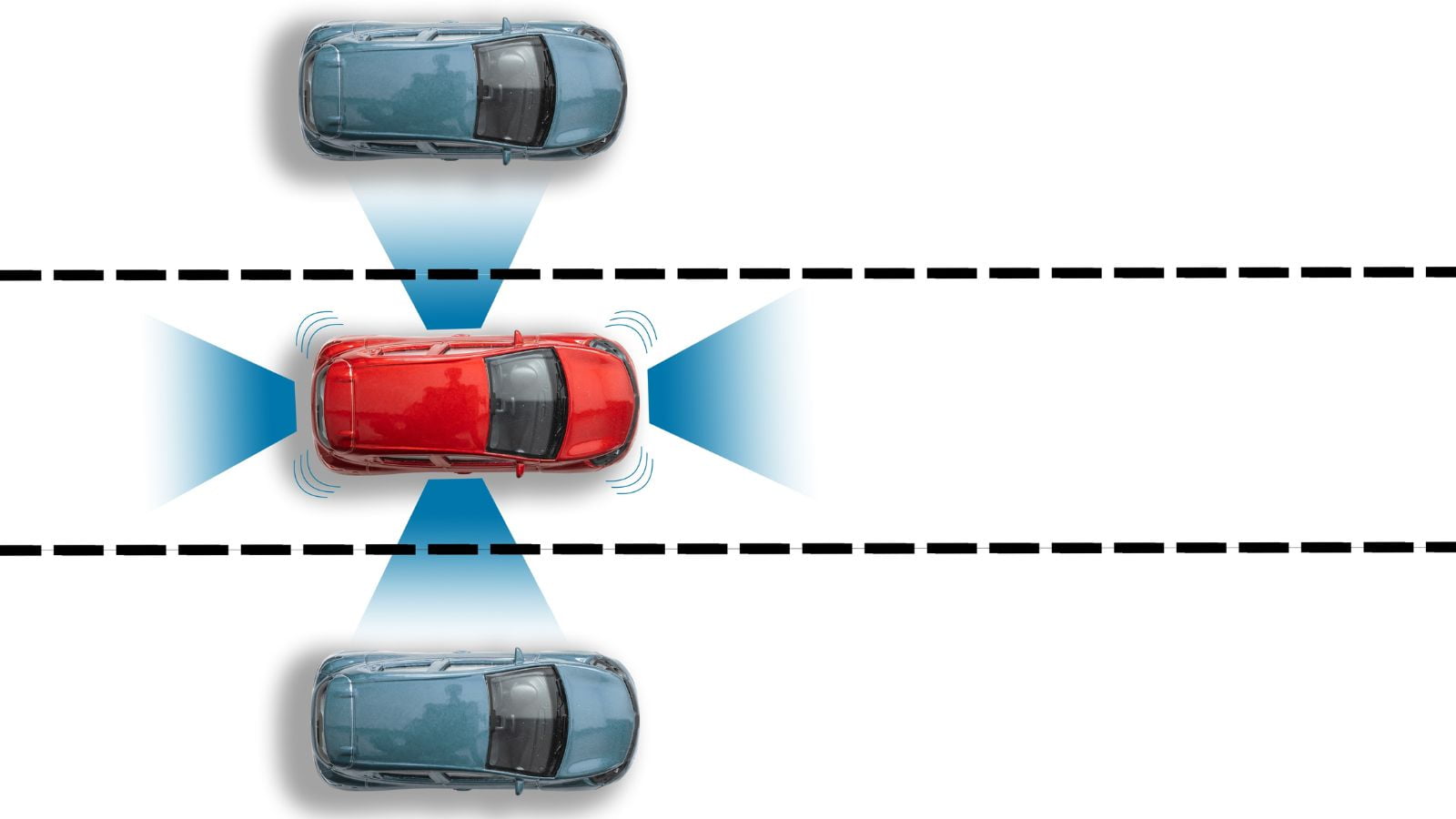
First introduced in the early 2000s, Lane Departure Warning (LDW) systems are designed to alert drivers when their vehicle drifts out of its lane without a turn signal. The LDW systems faced criticism for being overly sensitive and causing unnecessary alerts, which some drivers found annoying and distracting. Critics also argued that these systems could promote laziness and reduce driver attentiveness. Despite these initial concerns, advancements in LDW technology have made the systems more reliable and less intrusive. Studies have shown that LDW systems can significantly reduce the incidence of lane departure crashes, leading to increased acceptance and adoption.
Automatic Emergency Braking (AEB)

Automatic Emergency Braking (AEB) systems are designed to automatically apply the brakes if a collision is imminent and the driver does not respond in time. Introduced in the early 2010s, AEB systems faced skepticism from drivers uncomfortable with the idea of a car taking control of the brakes. People also expressed concerns about the reliability of the technology and the potential for false positives. However, studies by organizations like the Insurance Institute for Highway Safety (IIHS) have shown that AEB systems can significantly reduce rear-end collisions. As a result, AEB has become a standard feature in many new vehicles and is widely accepted by consumers.
Tire Pressure Monitoring Systems (TPMS)
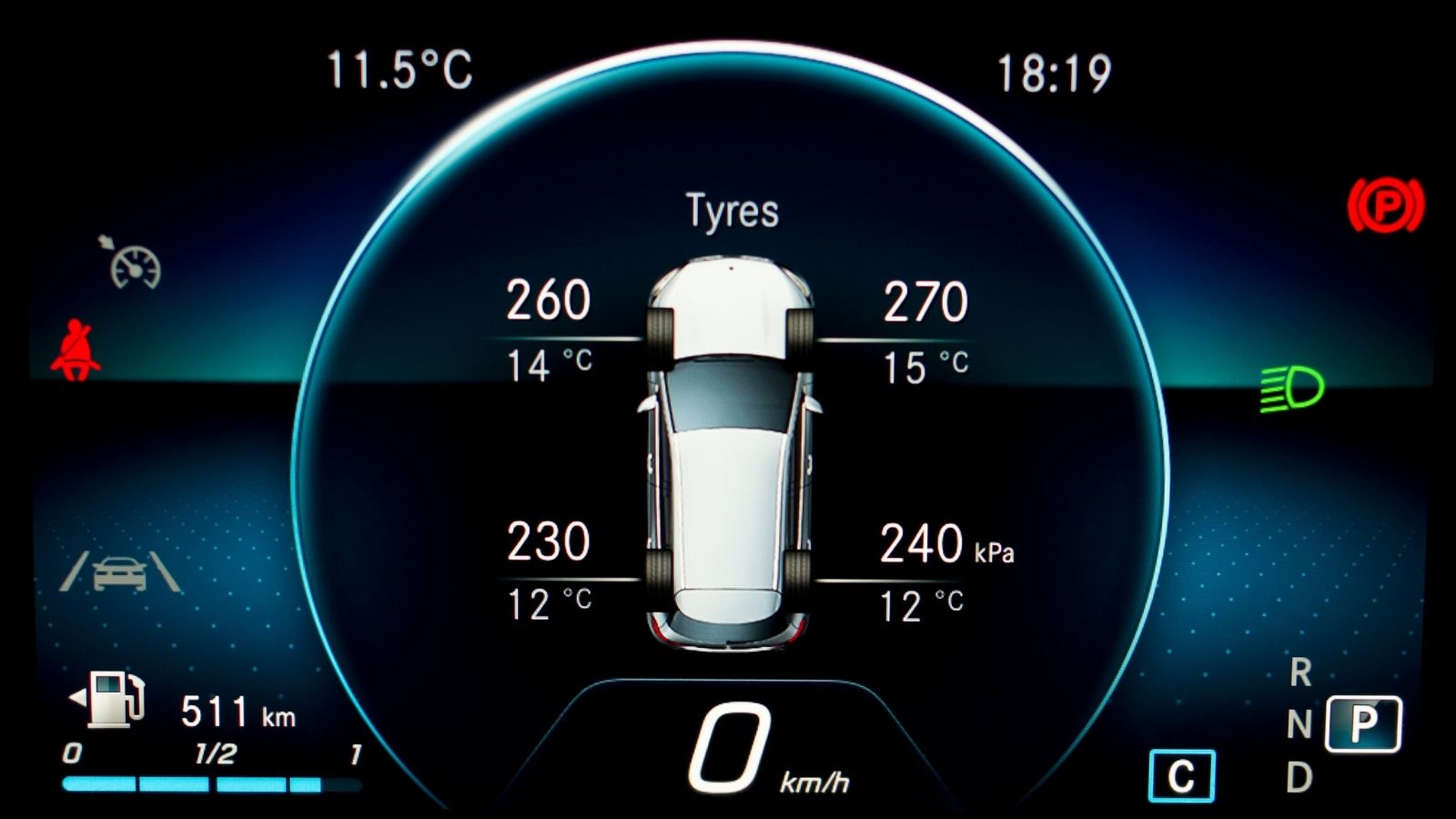
Tire Pressure Monitoring Systems (TPMS) are designed to alert drivers when tire pressure is too low, helping to prevent blowouts and improve fuel efficiency. First mandated in the United States in the early 2000s, TPMS faced criticism for adding vehicle complexity and cost. Some drivers also found the alerts annoying and questioned the accuracy of the sensors. Despite these concerns, studies have shown that TPMS can significantly reduce the risk of tire-related accidents. Over time, as the technology has become more reliable and accurate, TPMS has gained broader acceptance among consumers.
Backup Cameras
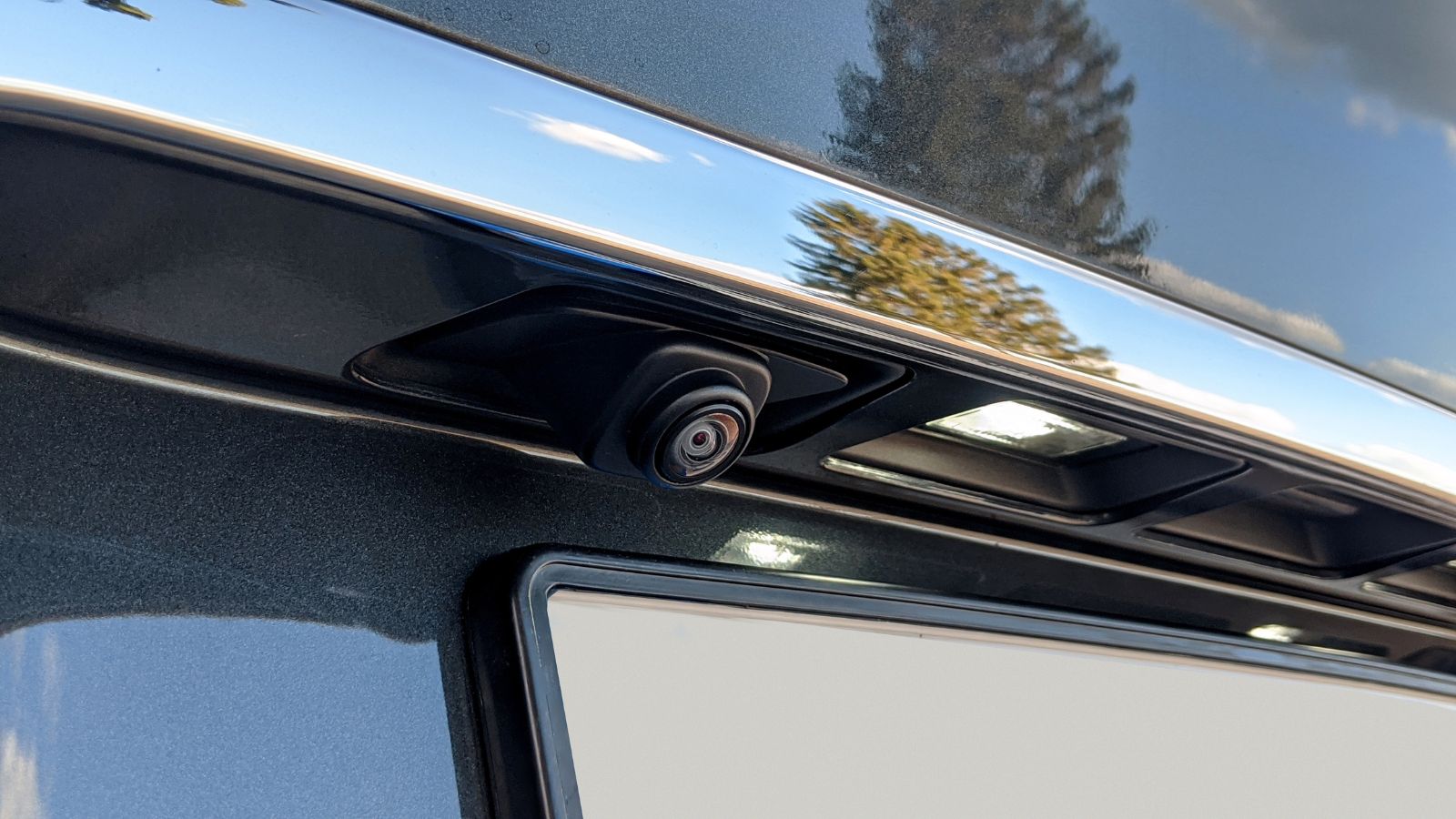
Backup cameras, designed to help drivers see behind their vehicle when reversing, were first introduced in the early 2000s. Initially, backup cameras faced resistance from drivers who felt confident in their ability to reverse without assistance and viewed the technology as unnecessary. It was also argued that backup cameras added cost and complexity to vehicles. However, studies by organizations like the NHTSA have shown that backup cameras can significantly reduce the risk of backover accidents, particularly those involving children and pedestrians. As a result, backup cameras have become a standard feature in many new vehicles and are widely accepted by consumers.
Autonomous Driving Systems

Autonomous driving systems, which aim to allow vehicles to drive themselves with minimal human intervention, are among the most controversial safety innovations in recent years. Companies like Tesla, Google, and Uber have been at the forefront of developing and testing autonomous vehicles. It is argued that the technology is not yet reliable enough for widespread use and raises significant ethical and legal questions. High-profile accidents involving autonomous vehicles have fueled skepticism and concern. Despite these challenges, proponents argue that autonomous driving systems have the potential to reduce traffic accidents caused by human error significantly. Ongoing advancements and rigorous testing are aimed at addressing these concerns and making autonomous vehicles a viable and safe option for the future.
The 10 Most Reliable Car Brands According to Mechanics
![]() When choosing a car, one of the most crucial factors is reliability. But what exactly does it mean when we say a car is reliable? Reliability refers to the vehicle’s ability to perform consistently well over time with minimal issues. A reliable car requires fewer repairs, is cost-effective to maintain, and offers peace of mind to the owner. In this article, we delve into the ten most reliable car brands according to mechanics, explaining why these brands are trusted and highlighting endorsements from institutions, car experts, and reputable websites. The 10 Most Reliable Car Brands According to Mechanics
When choosing a car, one of the most crucial factors is reliability. But what exactly does it mean when we say a car is reliable? Reliability refers to the vehicle’s ability to perform consistently well over time with minimal issues. A reliable car requires fewer repairs, is cost-effective to maintain, and offers peace of mind to the owner. In this article, we delve into the ten most reliable car brands according to mechanics, explaining why these brands are trusted and highlighting endorsements from institutions, car experts, and reputable websites. The 10 Most Reliable Car Brands According to Mechanics
